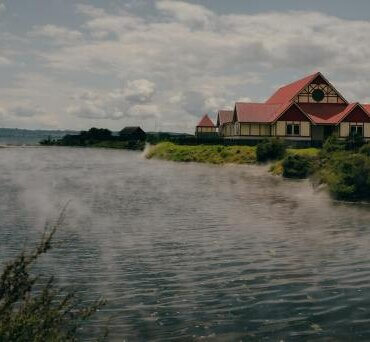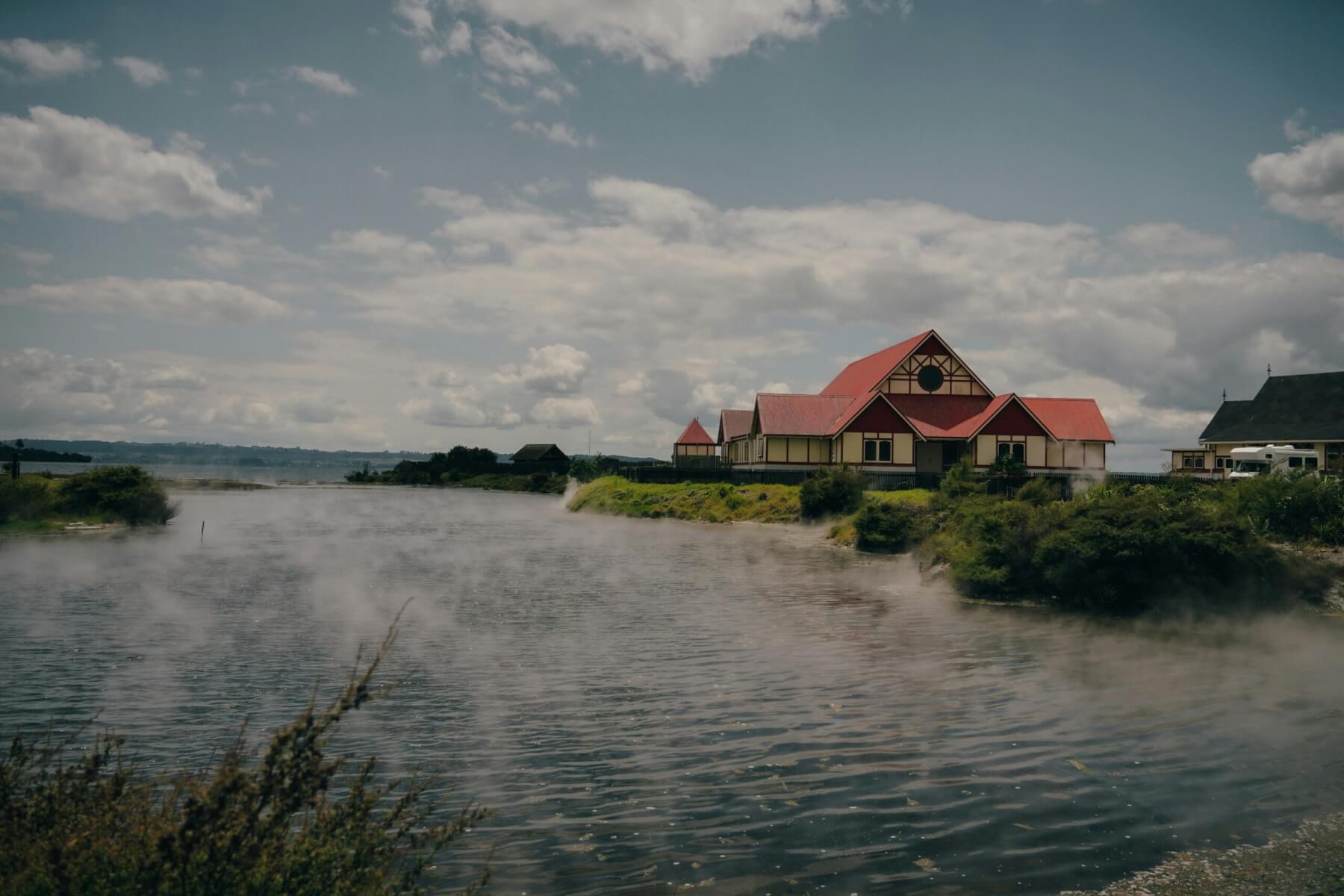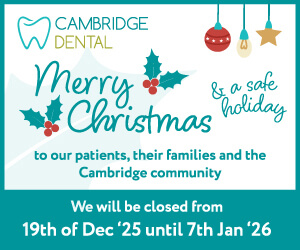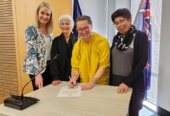
Lake Rotorua. pexels.com
In Aotearoa we have an incredible array of cities by the ocean, near lakes or mountains, and in some cases, on or in volcanoes.
Did you know that Lake Rotorua (Te Rotorua nui ā Kahumatamomoe) and the city itself are sitting inside a caldera? In the North Island we have a good number of calderas – formed when eruptions eject so much magma that the ground collapses, leaving a large depression.
Some of these have filled with water to give us our beautiful lakes, like Taupō to the south.
Thankfully, the large eruptions that lead to calderas forming are relatively rare compared to much smaller eruptions.

Janine Krippner
The Rotorua caldera formed during a very large explosive eruption around 240,000 years ago, producing the Mamaku ignimbrite deposits (from pumice-rich pyroclastic flows) around the region.
The thickness of this deposit is estimated at over 1 km within the caldera and is more than 120m thick to the east of Rotorua city. The average thickness outside of the caldera is 72.5m.
This eruption buried the landscape.
The caldera itself is about 20km across, and the lake fills a good portion of this.
The amount of magma that erupted during this one eruption to form the ignimbrite, leading to the collapse, was about 145 cubic km.
The deposit itself is bigger because there are a lot of small spaces within it – reaching at least 339 cubic km. This is hard to visualise, so for a comparison the entire volume of Ruapehu volcano is about 150cubic km and it took around 200,000 years to get that big.
Since the caldera-forming eruption, younger eruptions have produced lava domes.

Lake Rotorua. Photo: Richard Pan.
These form when near-solid lava squeezes out at the surface to build up a mound often reaching hundreds of metres in height over time. Mokoia Island within the lake is one of them, as well as Mt Ngongotaha, Hinemoa Point, Kawaha Point, and Pukeroa Hill.
While much smaller than the caldera-forming events, you still wouldn’t want to be near one of these eruptions. These can also be violent and can partially collapse to form hot and fast pyroclastic flows made up of a lot of dense rocks.
Rotorua lake itself came afterwards, at an age of at least 65,000 years old. Terraces around the lake provide evidence of when the water levels were much higher.
With the most recent eruption that we know of being around 25,000 years ago, this is a pretty quiet volcano.
We do, however, get to make the most of the plentiful geothermal activity within it thanks to the magmatic heat (rocks and fluid) remaining deep below the surface.
We really don’t have to look far around here to see examples of how volcanoes have shaped our lives in New Zealand.
Without the Rotorua caldera we wouldn’t have Lake Rotorua.
Would we have a city there without it? Would this be our cultural capital without the resulting geothermal activity?
About 240,000 years after the large eruption, we are still living with the benefits of this incredible feat of nature.

Lake Rotorua. Photo: Jessica Westermann








